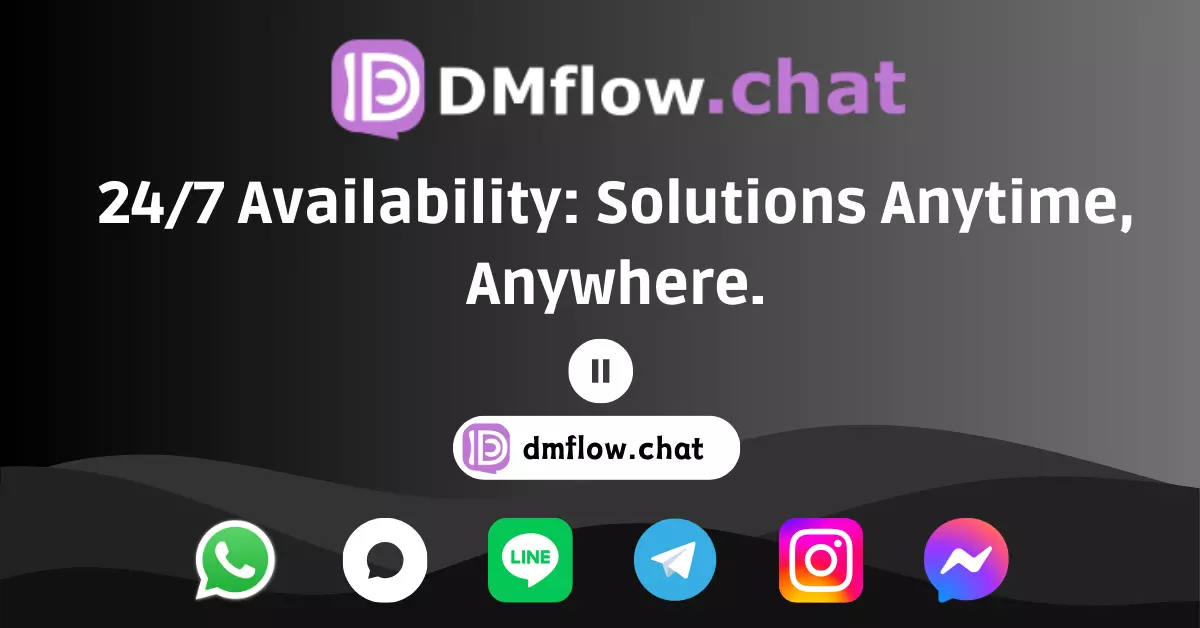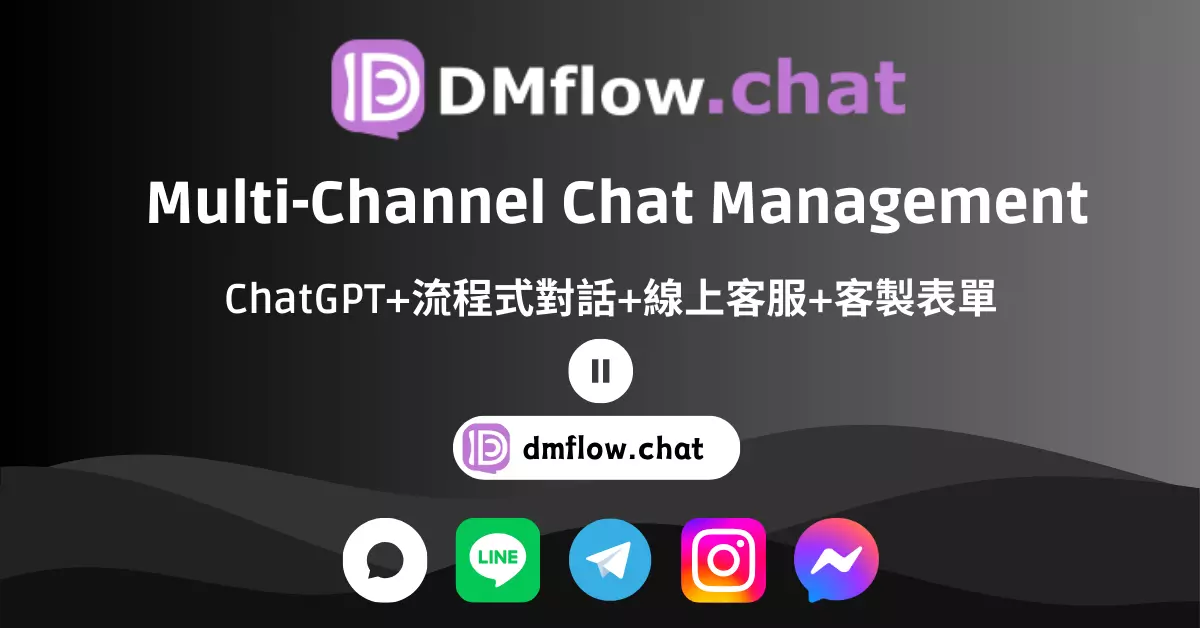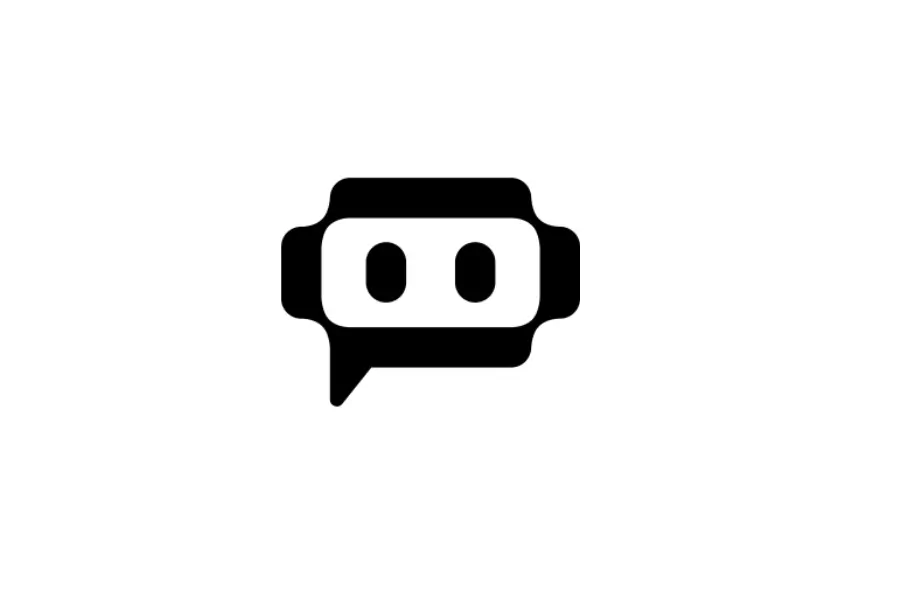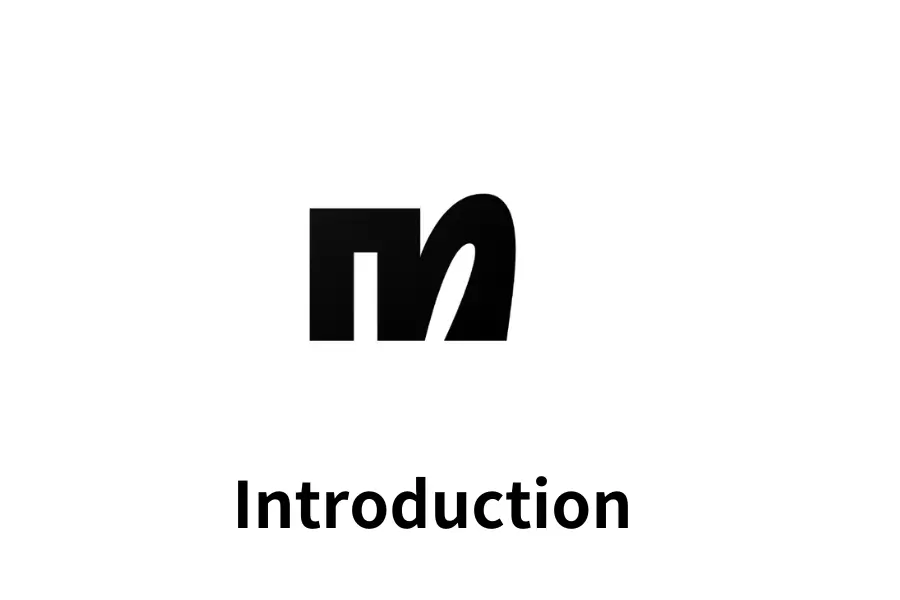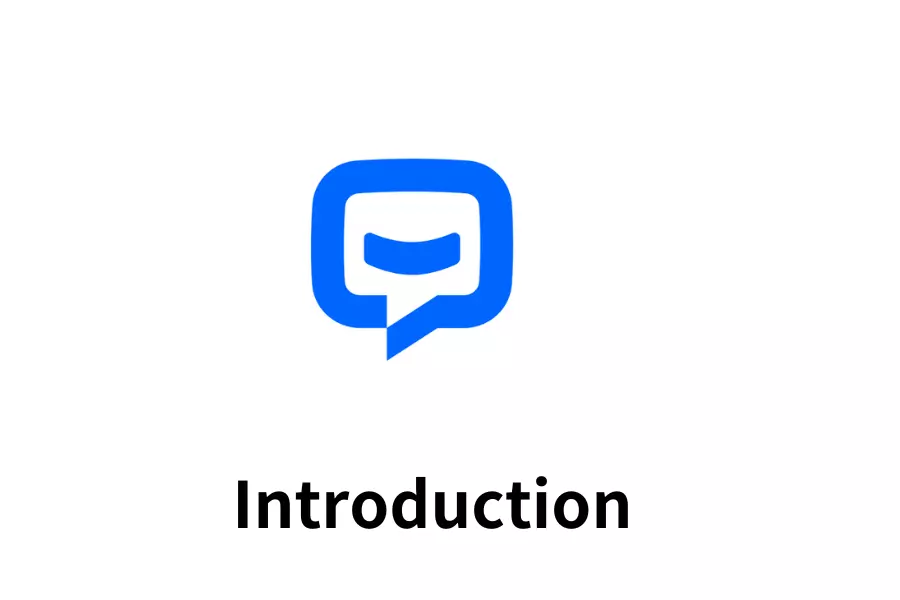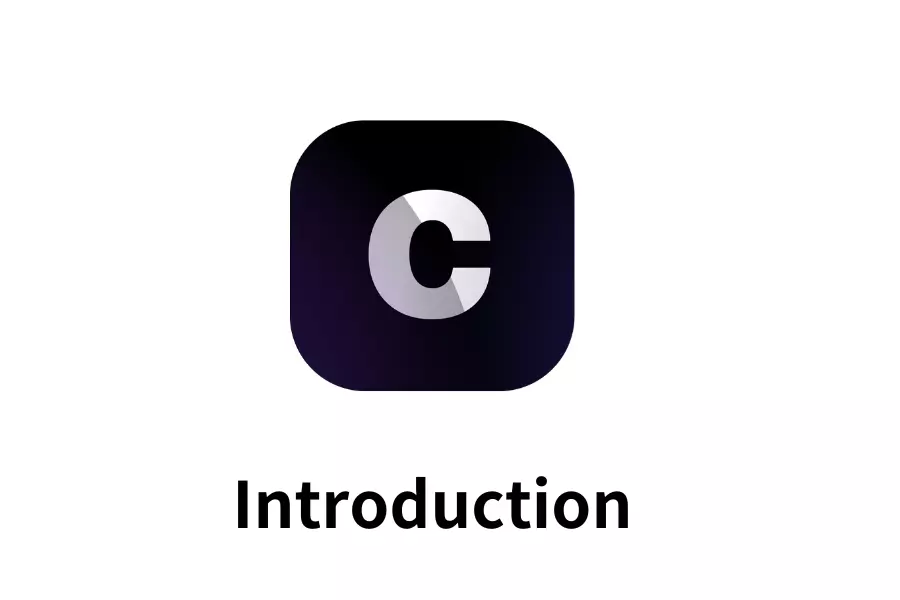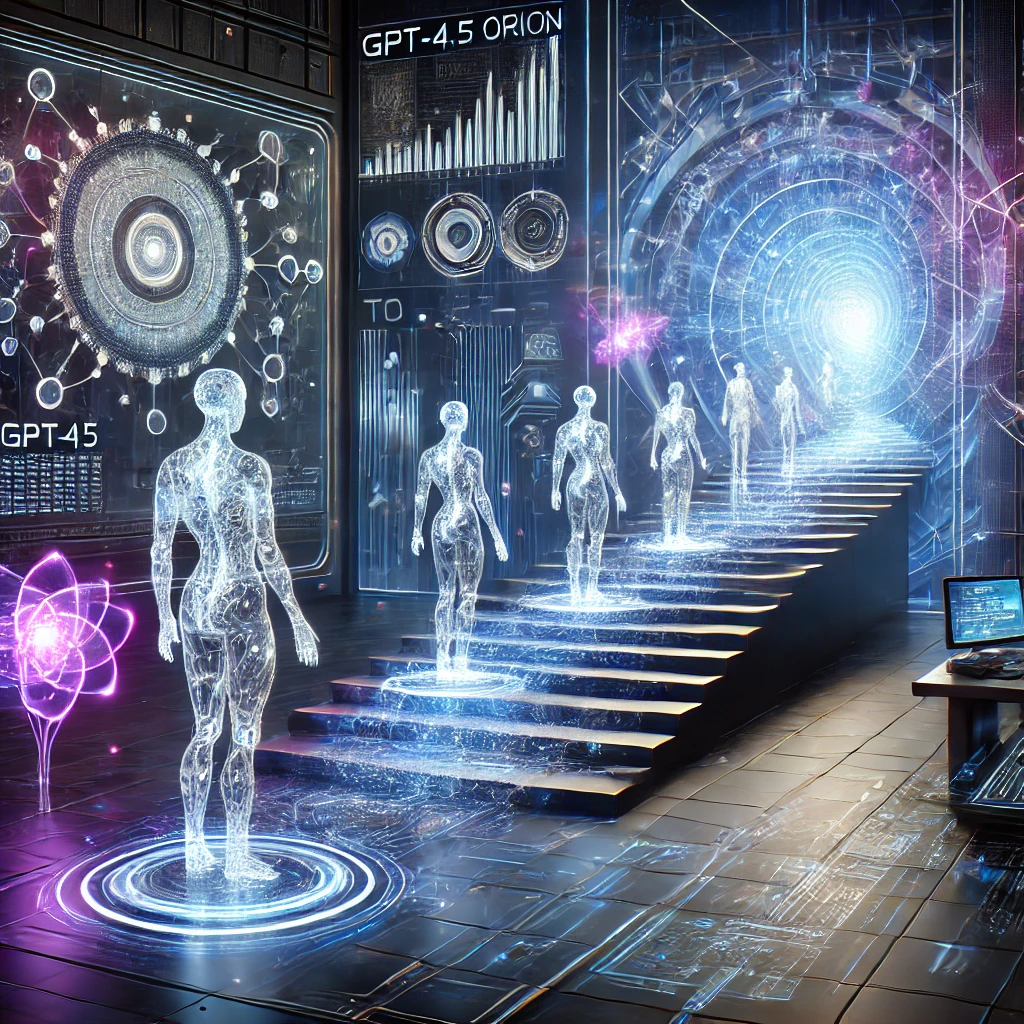RASA: The Revolutionary Force in Open Source Conversational AI Framework
RASA is an open-source machine learning framework for creating conversational chatbots. This article delves into RASA’s features, benefits, and its impact on business, while analyzing its core elements and working principles. Whether you’re a tech expert or a business decision-maker, this article will help you understand how RASA is changing the future of human-machine interaction.
What is RASA?
RASA is an open-source machine learning framework designed specifically for developing intelligent conversational systems. It can automate text and voice assistants, providing powerful customer interaction tools for businesses. RASA’s applications range widely, from improving recruitment processes to enhancing customer service experiences.
Core Advantages of RASA
-
Flexible Integration: As an open-source framework, RASA can be easily integrated into existing systems to automate business processes.
-
Highly Customizable: RASA offers great flexibility, allowing developers to modify and tailor it according to specific needs.
-
Interactive Learning: RASA has the ability to self-learn, continuously improving its performance through user interactions.
-
Dynamic Conversational Capabilities: RASA is not just a static machine; it is a conversational AI robot that mimics human interaction mechanisms, learning and evolving from conversations.
Core Elements of RASA
RASA’s functionality is primarily based on three core elements:
- Natural Language Understanding (NLU)
- Natural Language Generation (NLG)
- Dialogue Management
Natural Language Understanding (NLU)
NLU is responsible for transforming text into vectors, identifying the intent of sentences, and extracting entities. This process involves the following steps:
- Using a part-of-speech tagger (POS-tagger) to label each word’s part of speech.
- Employing a chunker to group related words together.
For example, when a user asks, “What’s the weather like tomorrow?”:
- NLU will vectorize it, recognizing the intent as “weather query”.
- It will then use a tokenizer, POS-tagger, and chunker to extract the entity “tomorrow”.
The final output: Intent “weather query” and entity “tomorrow”.
Natural Language Generation (NLG)
NLG is a subset of AI that converts non-linguistic inputs into human-understandable formats. This enables RASA to generate natural and fluent responses.
Dialogue Management
The dialogue management module ensures that the data extracted from intents and entities is organized and utilized correctly, maintaining the coherence and logic of the conversation.
Prospects of RASA
As chatbots become increasingly important across industries, RASA is emerging as a new standard in the conversational AI field. It is not only suitable for large enterprises but also offers a free version for small-scale applications.
Technical Specifications of RASA
- Required Data Science Experience: High
- Type: Pure AI-driven
- Setup Time: Several months
- Visual Interface: None
- Development Team Requirements: Needs an extended team (data scientists, machine learning experts, developers, conversational designers, etc.)
- Free Version: Available (open-source)
Pros and Cons of RASA
Pros
- Continuous Improvement: RASA constantly upgrades its underlying technology, staying competitive in the market.
- Customization and Flexibility: As an open-source framework, RASA allows developers to deeply customize it based on different use cases and business problems.
- User-Friendly Interface: RASA’s interface is intuitive and easy to use, enabling developers to efficiently complete essential tasks.
Cons
- Complexity for Non-Professionals: For those who are not machine learning experts, RASA may be difficult to grasp and fully utilize.
- Lack of Certain Conversational AI Features: Compared to other platforms on the market, RASA still has shortcomings in some conversational AI features.
- User Interface Needs Improvement: Some users find RASA’s interface somewhat challenging to use, requiring further optimization.
Conclusion
As an open-source conversational AI framework, RASA is transforming human-machine interaction. Despite the technical barriers that may exist in its use, its powerful features and flexibility make it an ideal choice for developing intelligent conversational systems. As technology continues to advance, we can expect more innovation and breakthroughs from RASA in the future.
Frequently Asked Questions
-
Q: Is RASA suitable for small businesses?
A: While RASA requires a certain level of technical expertise, it offers a free, open-source version, making it a great choice for small businesses with technical capabilities.
-
Q: How long does it take to configure a basic chatbot using RASA?
A: The setup time depends on the project’s complexity, but typically it takes several months to develop and optimize a fully functional chatbot.
-
Q: What advantages does RASA have compared to other commercial chatbot platforms?
A: RASA’s main advantages are its open-source nature, high customizability, and continuously improving AI technology, making it superior to commercial solutions in certain scenarios.
-
Q: Can I integrate RASA into my existing customer service system?
A: Yes, RASA is designed to be easily integrated into various existing systems, including customer service platforms.
-
Q: Does RASA support multiple languages?
A: Yes, RASA supports multilingual development and can train models for different languages based on the needs.
